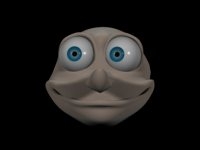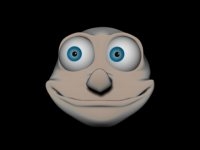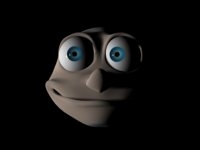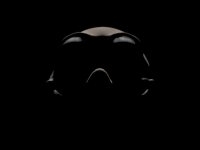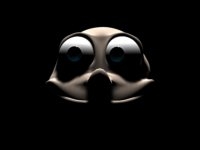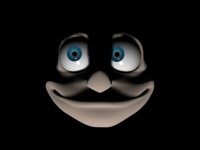UNDER CONSTRUCTION
Please contact us if you have any specific requests for content or information for this section!
Please also see the general lighting resources under Topics.
What is the function of stage lighting?
- Illumination – the audience need to be able to see the actors. This is often achieved with a ‘general wash’ – a lighting state (or picture, if you like) which covers the stage evenly. It can be broken up into a number of areas which make sense in the show.
- Focus – lighting can help draw the audiences’ attention to an important part of the stage (and exclude less important areas)
- Atmosphere & Emotion – the colour of the lighting can convey the atmosphere of the scene (cold / warm)
- Flow – A lighting change can punctuate the end of a scene (a sudden blackout, for example) or can make a scene change much smoother by avoiding complete blackouts instead enabling the next scene to start immediately in, for example, a tight spotlight until the stage is set, or shifting the focus away from the stage crew and onto the actors elsewhere on stage.
This sequence of photos is from a production of Far From The Madding Crowd at the Exeter Northcott Theatre in 1997.
Set design by Sarah Williamson, Lighting design by Jon Primrose. Directed by John Durnin and Gillian King.
VIDEO – COMING SOON – showing the same scene with different lighting states
What Lighting Should I Use?
Lighting: Using the Text (Fictional script examples – Class Exercise)
Basic lighting concepts
Direction of light is all important
The type of lighting equipment you have at your disposal is far less important than where the light actually is coming from.
You don’t need at this stage to think about different types of lantern – you only need something that can produce light.
A simple desk lamp (with a long extension cable) is a good start, but you can also use a basic low-wattage stage light (e.g. a small Fresnel).
Put one of the class members on a chair in a darkened classroom and ask the rest of the class to identify how they see their classmate as the light is moved around them. You may get ‘isolated’ (top light), ‘scary’ (up light), ‘mysterious’ (backlight) etc.
Colour
The visible light spectrum consists of all colours humans can see. The numbers on the diagram below refer to the wavelength of the light of that colour. This information is useful as it relates to the Rosco gel swatch book.

Visible Spectrum (from Wikimedia Commons)
Beyond that is the rest of the electromagnetic spectrum
ILLUSTRATION
This can be explored in the classroom with 3 lights on floor stands, each with a different primary coloured gel in it.
Experiments with Colour
Primary colours of light
The primary colours of light are RED, GREEN and BLUE. This is different from the primary colours of pigment which, as every colour printer owner knows, are CYAN, MAGENTA and YELLOW. These are often simplified to red, blue and yellow.
Additive colour mixing – shining multiple lanterns with different colours onto the same area – adds colour to get closer to white.
Subtractive colour mixing – using multiple gels in a single lantern – subtracts colour to get closer to black.
Gels
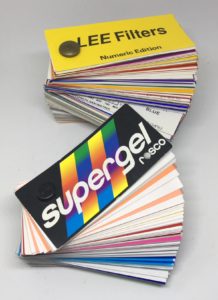
Swatch books – Lee Filters and Rosco Supergel
Lighting gels are manufactured by a number of companies. The most common ones in the UK are by Lee Filters and Rosco Laboratories.
Rosco numbers are easiest to learn as they’re in colour sequence. The Lee numbering system is more eccentric as it uses numbers from the early days of lighting.
A useful set of gels should be kept in stock for use during class. Swatch books are available free of charge from your local lighting supplier.
Each of the types of lantern you have in stock may need a different gel size.
See Choosing and Using Colour for more information.
How the human eye responds to colour
How can colour choice be subjective? Surely red is red?
- Turn the stage lights to a strong colour for a few minutes.
- Open the curtain or turn a white light on. It looks a different colour. For how long does this effect last?






